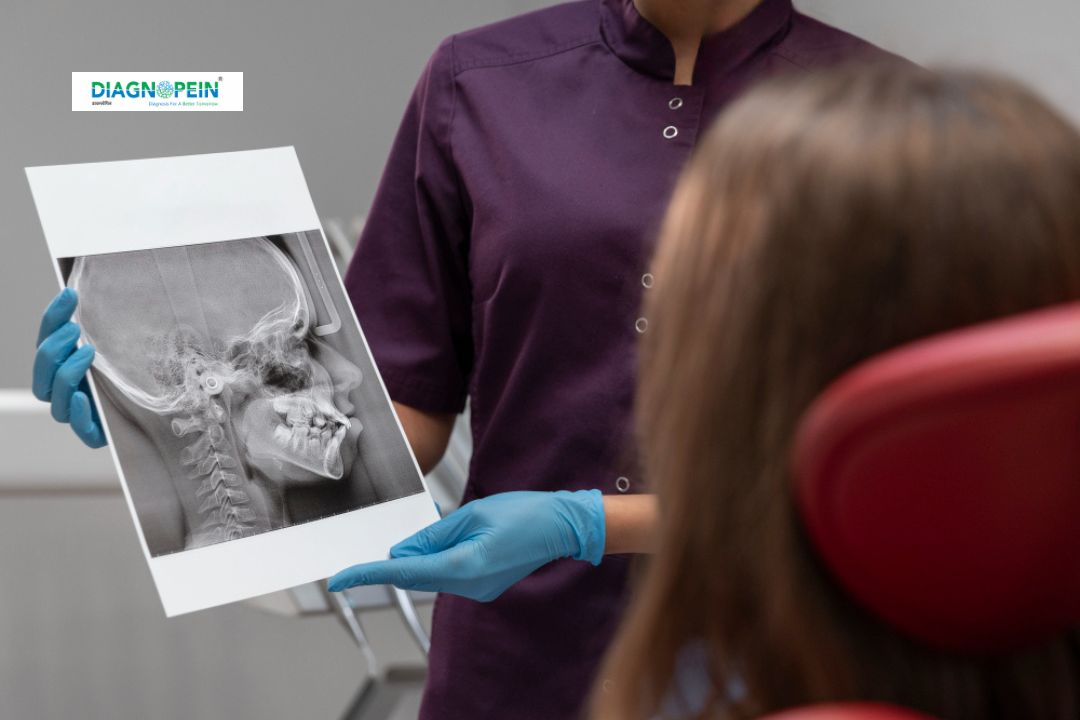Why MRI for Salivary Glands with Sialography Is Important
Salivary gland disorders can mimic other head and neck conditions, making accurate diagnosis essential. MRI for Salivary Glands with Sialography helps clinicians differentiate between obstructive and inflammatory conditions while clearly visualizing ductal anatomy and glandular tissue.
This imaging study is crucial in identifying:
-
Sialolithiasis (salivary duct stones)
-
Sialadenitis (inflammation of salivary glands)
-
Ductal strictures and blockages
-
Benign or malignant salivary gland tumors
-
Autoimmune diseases affecting salivary flow (e.g., Sjögren’s syndrome)
MRI Sialography is particularly important when other imaging methods like ultrasound or CT fail to show detailed ductal structures or in patients allergic to iodine-based contrast agents.
Benefits of MRI Sialography
MRI for Salivary Glands with Sialography offers several clinical and patient-centered benefits:
-
Non-invasive and radiation-free: Uses magnetic resonance imaging, avoiding ionizing radiation exposure.
-
High-resolution soft-tissue detail: Provides clear visualization of salivary ducts and glandular tissues.
-
No contrast dyes required: Many cases can be performed without contrast media, reducing risk of allergic reactions.
-
Early disease detection: Detects stones, inflammation, or tumors before symptoms worsen.
-
Guides effective treatment: Enables targeted management by differentiating between various salivary gland pathologies.
This makes MRI Sialography an ideal choice for routine salivary gland evaluation and pre-surgical planning.
How the MRI Sialography Test Is Performed
The procedure is simple, painless, and usually completed within 30–45 minutes. No special preparation is required unless a contrast study is indicated.
Step-by-step process:
-
The patient lies on the MRI table with the head properly positioned.
-
A dedicated head and neck MRI coil is placed for accurate imaging.
-
Images of the salivary glands are captured before and after stimulation (sometimes lemon juice is used to enhance saliva flow).
-
MRI sequences specific for sialography, such as 3D T2-weighted or heavily T2-weighted sequences, are performed to visualize ductal structures.
-
The radiologist reconstructs the images digitally to display the complete ductal anatomy.
Patients can resume normal activities immediately after the scan.
MRI Salivary Gland Scan Parameters
Key MRI parameters for Salivary Glands with Sialography include:
-
Coil used: Head/neck phased-array coil
-
Sequences: T1-weighted, T2-weighted, STIR, and heavily T2-weighted 3D sequences
-
Slice thickness: 1.0–2.0 mm
-
Field of view (FOV): 14–20 cm
-
Plane of imaging: Axial, coronal, and sagittal
-
Contrast: Optional gadolinium contrast when evaluating tumors or inflammatory changes
These parameters help achieve high-quality diagnostic images with minimal discomfort to the patient.
When You Should Consider MRI for Salivary Glands with Sialography
Doctors may recommend this test if you experience:
-
Recurrent or persistent swelling near the jaw or mouth
-
Pain during eating or drinking
-
Dry mouth or reduced saliva production
-
Lump or mass near salivary glands
-
History of repeated infections or suspected stones
Early imaging allows timely management and protects gland function.
Conclusion
MRI for Salivary Glands with Sialography is a powerful diagnostic tool that combines the strengths of MRI and sialography for comprehensive salivary gland assessment. It is safe, radiation-free, and helps clinicians make precise diagnoses for effective treatment planning. At Diagnopain, specialized radiologists perform this advanced imaging with high-quality MRI systems and patient-focused care.








